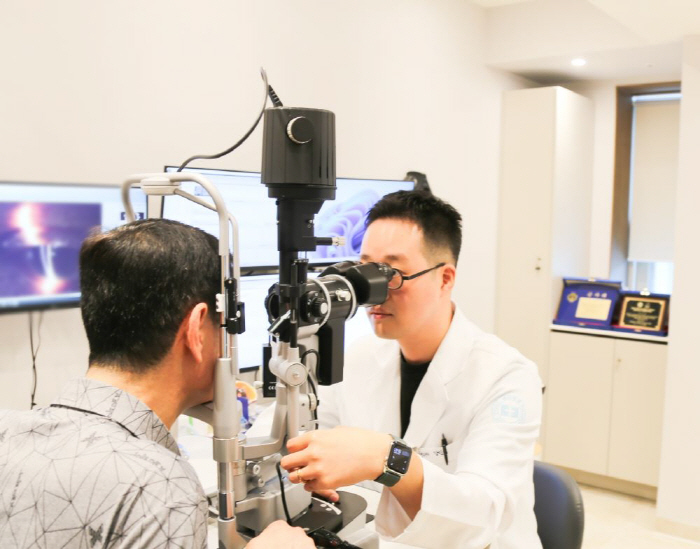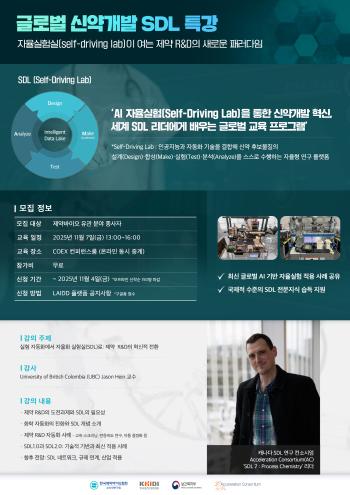The sudden loss of vision, because of wrinkles in the macula
Apr 09, 2025
As the name suggests, the retina membrane is a senile eye disease with a membrane in front of the retina. A membrane that should not be present in the retina in the form of a smooth curve is formed in front of it, causing the retina to crumpled deformation. It is a disease that is not uncommon enough to appear in 1 in 1,000 people. It occurs mainly in the macula, which affects 90% of vision, and affects vision.
In general, the incidence rate increases gradually after the 50s, and most of them are caused by unknown causes. Aging is the most obvious cause, and as we get older, the jelly-like vitreous body that fills the eye falls off the retina. In this process, retinal membranes are often affected. In addition, inflammation of the eye, diabetes, and retinal vein obstruction can cause secondary retinal pre-retinal membrane.
Although there is a difference in degree as if wrinkles are formed on the face, it can be said to be an eye disease that gradually develops as you age. A typical symptom is the appearance of 'distortion' with blurred or distorted vision. The straight line looks curved and vision deteriorates. In some cases, there may be few symptoms of self-awareness.
The characteristic of the retinal membrane is that these symptoms gradually appear over time. The pace of progress is quite slow. Since only changes in vision occur without congestion and pain, you should cover your eyes one by one and do a self-test. If vision loss is clear, retinal examination and OCT (light interferometric tomography) can be used in ophthalmology to accurately check whether the disease is present.
The retinal pre-retinal membrane is only followed if the symptoms are insignificant or mild at the beginning. However, if the retinal membrane causes great inconvenience in daily life, such as decreased vision or severe distortion, surgical treatments such as vitreous resection and retinal membrane removal will be performed. vitrectomy is an operation to remove the vitreous body in the eye and remove the fibrous membrane directly.
If there is a cataract, surgery may be performed at the same time. However, unlike cataract surgery, the retinal membrane takes a long time to recover and improves little by little over six months. The purpose of the surgery is to prevent further deterioration of vision, and there may be a limit to improvement when there is already a deformity or vision loss has progressed.
Kang Min-jae, director of the Center for Ophthalmology at Seran Hospital, said "There is no specific prevention method because there is no clear cause of the retinal membrane. It is helpful to allow for quick diagnosis and treatment with regular ophthalmic examinations"If you have an underlying disease that can cause secondary retinal membrane, such as diabetes, you should be more careful."," he stressed.
The symptoms of retinal pre-membrane depend on the thickness of the retinal premembrane and the degree of distortion of the retinal blood vessels"The surgery takes about 30 to 60 minutes, and the eyesight gradually recovers. However, complete vision recovery may be difficult depending on the degree of retinal damage. Since the timing of surgery is an important disease, you should discuss the appropriate timing of treatment with an experienced retinal specialist.'
In general, the incidence rate increases gradually after the 50s, and most of them are caused by unknown causes. Aging is the most obvious cause, and as we get older, the jelly-like vitreous body that fills the eye falls off the retina. In this process, retinal membranes are often affected. In addition, inflammation of the eye, diabetes, and retinal vein obstruction can cause secondary retinal pre-retinal membrane.
Although there is a difference in degree as if wrinkles are formed on the face, it can be said to be an eye disease that gradually develops as you age. A typical symptom is the appearance of 'distortion' with blurred or distorted vision. The straight line looks curved and vision deteriorates. In some cases, there may be few symptoms of self-awareness.
The characteristic of the retinal membrane is that these symptoms gradually appear over time. The pace of progress is quite slow. Since only changes in vision occur without congestion and pain, you should cover your eyes one by one and do a self-test. If vision loss is clear, retinal examination and OCT (light interferometric tomography) can be used in ophthalmology to accurately check whether the disease is present.
The retinal pre-retinal membrane is only followed if the symptoms are insignificant or mild at the beginning. However, if the retinal membrane causes great inconvenience in daily life, such as decreased vision or severe distortion, surgical treatments such as vitreous resection and retinal membrane removal will be performed. vitrectomy is an operation to remove the vitreous body in the eye and remove the fibrous membrane directly.
If there is a cataract, surgery may be performed at the same time. However, unlike cataract surgery, the retinal membrane takes a long time to recover and improves little by little over six months. The purpose of the surgery is to prevent further deterioration of vision, and there may be a limit to improvement when there is already a deformity or vision loss has progressed.
Kang Min-jae, director of the Center for Ophthalmology at Seran Hospital, said "There is no specific prevention method because there is no clear cause of the retinal membrane. It is helpful to allow for quick diagnosis and treatment with regular ophthalmic examinations"If you have an underlying disease that can cause secondary retinal membrane, such as diabetes, you should be more careful."," he stressed.
The symptoms of retinal pre-membrane depend on the thickness of the retinal premembrane and the degree of distortion of the retinal blood vessels"The surgery takes about 30 to 60 minutes, and the eyesight gradually recovers. However, complete vision recovery may be difficult depending on the degree of retinal damage. Since the timing of surgery is an important disease, you should discuss the appropriate timing of treatment with an experienced retinal specialist.'
|
This article was translated by Naver AI translator.














